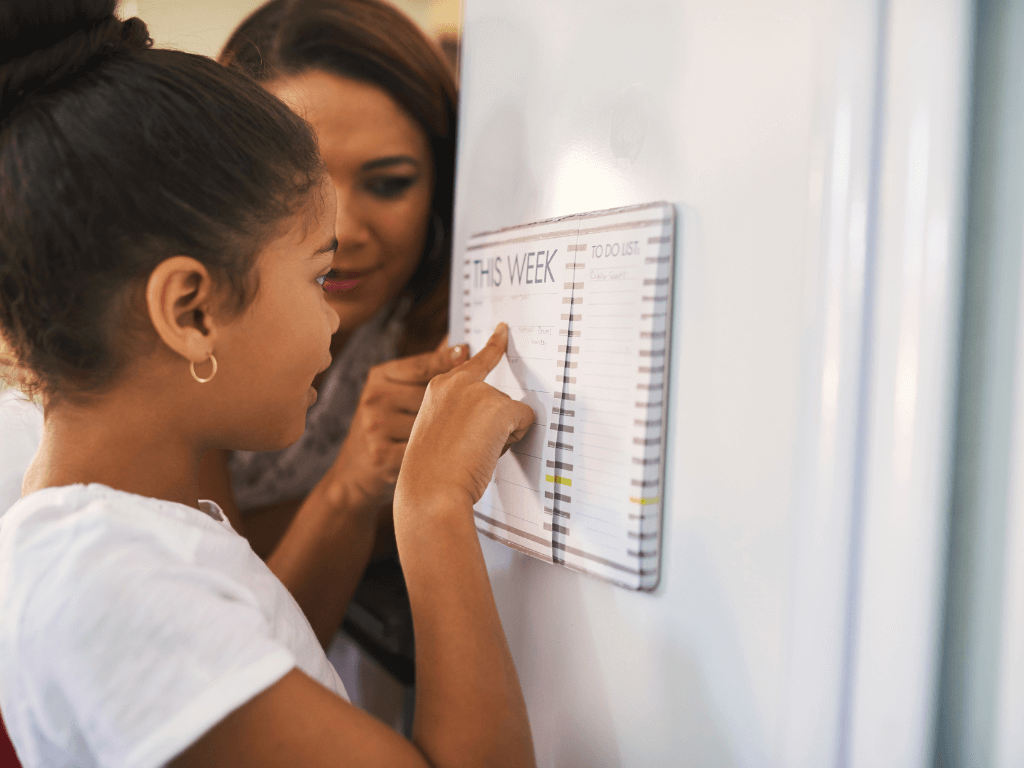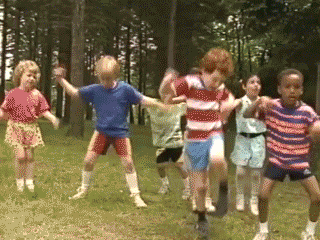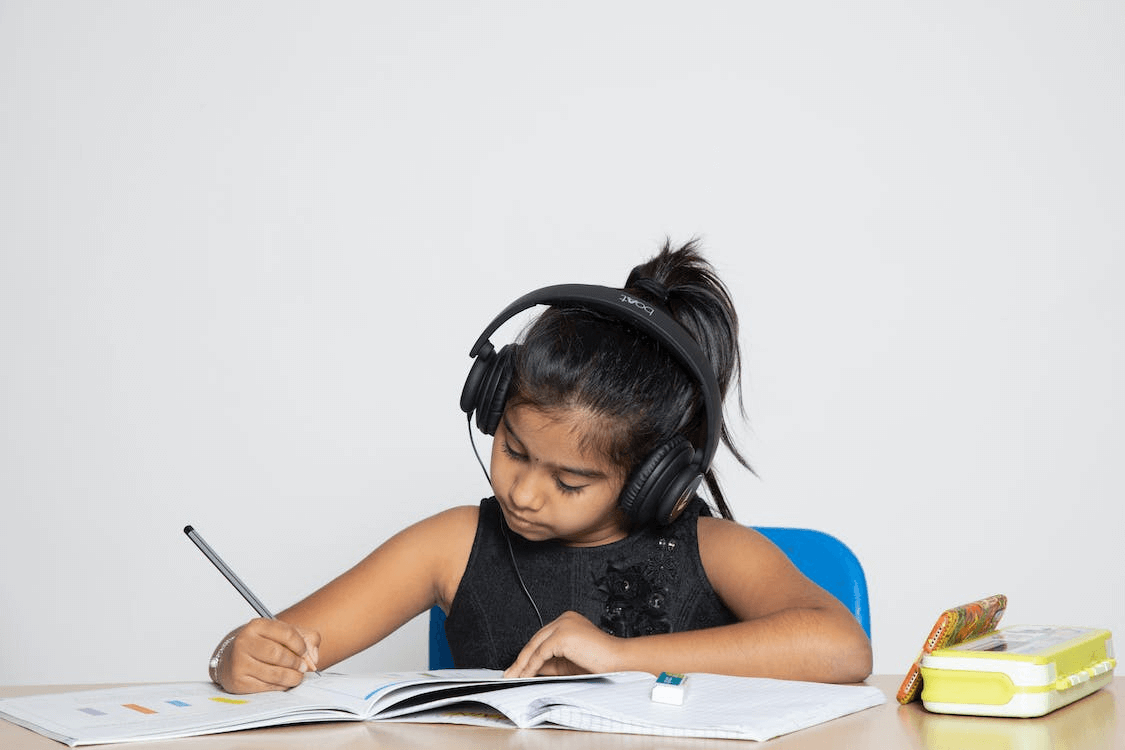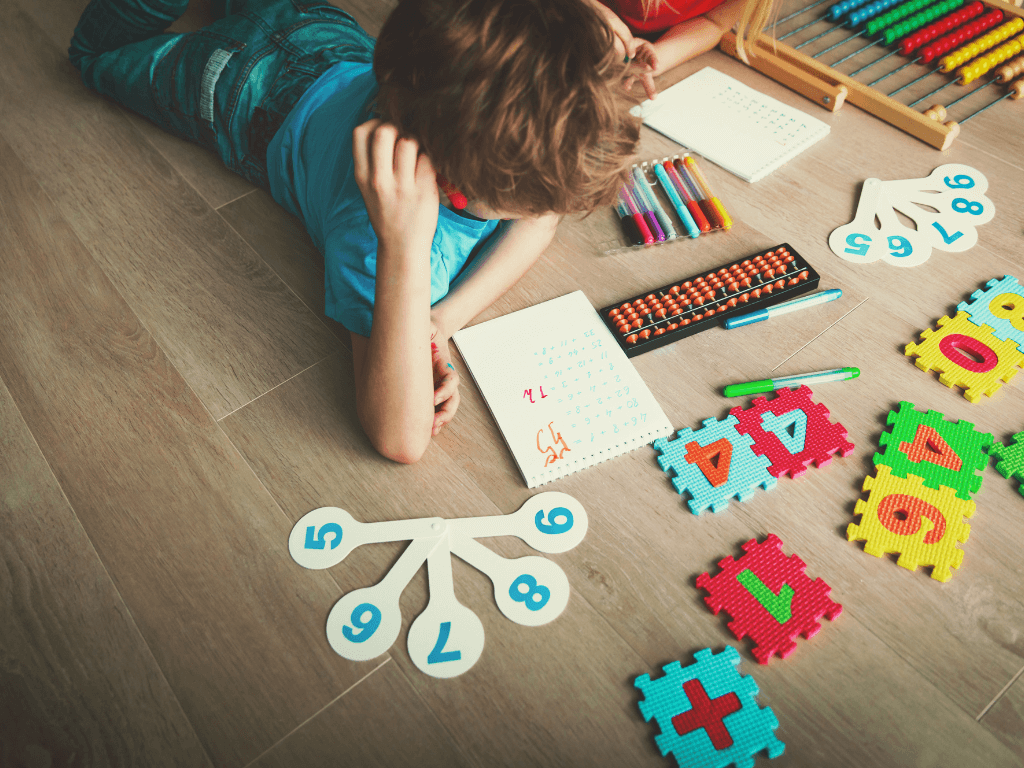ADHD and autism affect every area of someone’s life, and getting homework done is no exception. Difficulties with finishing tasks, focus problems, zoning out and missing instructions, impatience, and fidgeting are all factors that can hinder their ability to complete assignments.
ADHD and autism spectrum disorder (ASD) are developmental conditions caused by literal differences in the brain. Autistic people, in particular, are likely to display repetitive behaviors and have specific interests. This means they need customized learning approaches to help absorb and remember information.
Helping a child with ADHD or ASD complete their homework can be daunting. That's why we made this guide packed with top tips to make homework more interesting and engaging.
Let's delve into it and discover effective strategies together!
Too long; didn't read
- Navigating homework with neurodivergent kids can be difficult due to neurodevelopmental differences.
- Taking your child's individual needs into account can help promote learning and even make homework an exciting part of the day.
- Incorporating their interests, creating a routine, and implementing a reward system are just three of the eight strategies explored below.
- Every child is different: Try what works for your kid and don't be afraid to adapt things as needed.
Our top homework strategies for children with ADHD and autism
1. Break down tasks to their smallest possible steps.

Great for kids who struggle with:
- Overwhelm
- Focus and attention
- Organization
- Task completion
- Motivation
- Executive dysfunction
- Attention to detail
Just as you had to help take literal baby steps, you’ll also have to help them take small steps for their homework. Progress visualization can make homework more manageable for your child. Create a timeline or break down the tasks into smaller chunks and add them to a checklist.
Not to mention, finishing tasks provides a dopamine rush, giving us a feeling of accomplishment after crossing one off our list.
So, completing multiple small tasks should make your child feel proud of themselves as they work, which will (hopefully) keep them motivated to stay on top of their assignments.
2. Create a new routine (and stick to it.)

Great for kids who struggle with:
- Task-switching or transitions
- Time management
- Anxiety or uncertainty
Adding routine to the day can especially help autistic kids, as children with ASD often prefer repetition. Creating structure with a set wake-up time and morning routine paired with devoted time for homework could help reduce stress.
For ADHDers, routine helps children focus on daily tasks under the guidance of a parent or caregiver. Coupled with positive reinforcement after completing everyday tasks, this can be a powerful coping mechanism for them.
3. Incorporate your child’s interests.

Great for kids who struggle with:
- Boredom
- Motivation
- Hyperfocus or hyperfixations
- Focus
A notable trait of autism involves the tendency to develop particular and intense interests. Capitalize on these interests and incorporate them into homework whenever possible.
For example, if your child is fascinated by space, consider using space-related examples in math problems.
This essentially transforms their "boring homework" into something exciting and engaging, catering to their unique interests and fostering a more enjoyable learning experience.
4. Use a reward system.

Great for kids who struggle with:
- Motivation
- Procrastination
- Task avoidance
- Task initiation and completion
- Executive dysfunction
Children (and adults, if we're being honest) with ADHD thrive on immediate feedback. Implementing a rewards system for homework completion can give this feedback and motivate them to stay on task.
Remember: Rewards don't always have to be physical objects!
Here are a few examples of rewards you can give your child for completing a task for their homework:
- Extra free time
- Verbal praise (”I am so proud of you!”)
- Family game night
- Favorite activity, like going for a bike ride around the neighborhood
- Later bedtime
- Picking a movie for movie night
- Choosing what’s for dinner
Remember to keep rewards small and achievable to maintain their motivation.
5. Add movement breaks.

Great for kids who struggle with:
- Sensory processing
- Distractibility and focus
- Hyperactivity, fidgeting, or restlessness
- Impulsivity
Engaging in exercise and movement can improve cognitive function in people with ADHD.1 If your child loses interest in homework, movement breaks can help re-stimulate them.
Set a timer for around 3-4 minutes and let your child enjoy some movement before returning to their task refreshed.
6. Offer sensory support.

Great for kids who struggle with:
- Overstimulation
- Understimulation
- Meltdowns or sensory overload
- Anxiety
- Focus (specifically if music is playing in the background)2
ADHDers and autistic people can be overstimulated by sounds and textures that neurotypical people may not even notice.3,4 They may also experience understimulation and react slowly in situations where others might respond quickly.
Sensory support introduces sensory stimuli into tasks or routines to help kids become less - or more - stimulated, depending on their specific needs. As a result, they can focus better on tasks like their homework.
Create a sensory space in your home depending on your child’s specific sensory needs. This can contain items like wobble cushions, bean bags, or sensory boxes to help with focus during movement breaks.
For children who struggle with overstimulation, a quiet space with a weighted blanket and earplugs can bring stability.5
7. Use visual aids.

Great for kids who struggle with:
- Abstract ideas and abstract thinking
- Math or dyscalculia
- Processing information in a specific order
- Problem-solving
- Word problems and riddles
Visual aids offer a hands-on approach to help us associate complex information with simpler representations.
Helpful visual aid examples
- Colorful objects to represent addition and subtraction formulas in math or colorful liquid to measure liquid volumes.
- Working on mind maps together
- Using different colored pens to help break down large concepts or to represent information in an alternative way
💡 Pro tip! Use familiar objects. This will make it easier for them to recall the information when necessary.
8. Use technology.

Great for kids who struggle with:
- Sensory sensitivities
- Organization
- Motivation
Technology can make homework more interactive and engaging; just be mindful of screen time limits.
For example, you can use interactive online software to make homework and learning more interactive. (The Inflow editors really like Miro!)
There are also online learning tools designed with bold and colorful visual elements to present information in an engaging way. (See Khan Academy and BBC Bitesize.)
Final thoughts
While the suggestions provided here are helpful for many children, remember that every child is different. Find what motivates and engages your child. It may take time, but effective communication between you and your child can help find techniques that work and relieve their homework-related stress.
-
Sources
1 Child Neuropsychology | A trial-by-trial analysis reveals more intense physical activity is associated with better cognitive control performance in attention-deficit/hyperactivity disorder (2016)
2 Music Therapy Perspectives | Does Music Matter? The Effects of Background Music on Verbal Expression and Engagement in Children with Autism Spectrum Disorders (2016)
3 Brain Sciences | Network-Based Differences in Top–Down Multisensory Integration between Adult ADHD and Healthy Controls—A Diffusion MRI Study (2023)
4 Brain Sciences | Ayres Theories of Autism and Sensory Integration Revisited: What Contemporary Neuroscience Has to Say (2019)
5 Asian Journal of Behavioural Studies | The Effects of Sensory Design on Autistic Children (2018)








